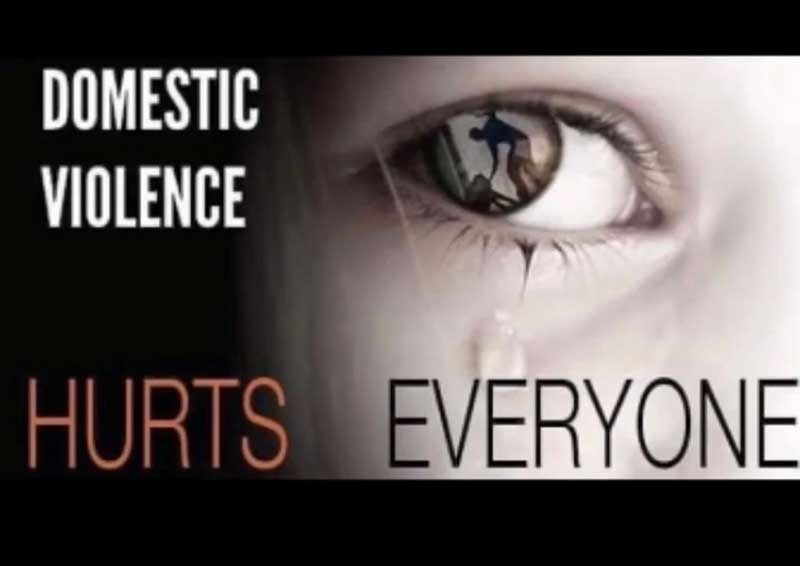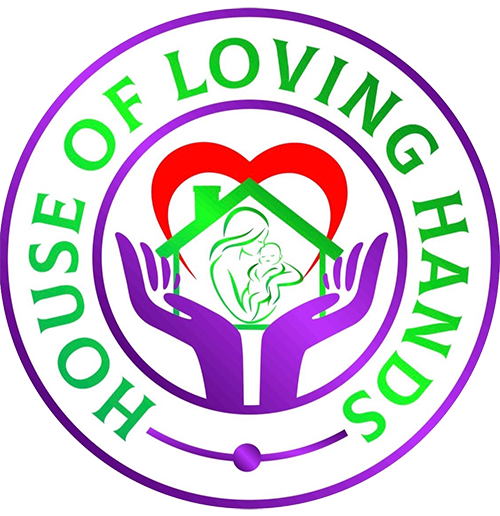Our Services
You Are Not Alone. We Will Help You Create a Safety Plan
If you are a victim in an abusive relationship, do not feel alone. You have options and support. We’ve been there too and are here to help.
Taking the first step can be very difficult, but once you have a plan, you’ll feel better.
Remember that you always have options: we are available by phone or email to hear your story and help you create a safety plan.
Transitional Housing
Emergency Shelter will be provided. (i.e., hotel stays)
Emergency Clothing
Emergency clothing will be provided to participants that had to flee immediately.
Family Meals
Food will be provided to women and their children while they’re in our care.
Counseling and Therapy
HOLH has certified counselors and therapists that assist participants in navigating through their traumas and providing mental health services.
Assistance with Groceries
Covid-19 food relief programs supports families who have been affected by covid with a one-time, contactless grocery delivery. An intake is required for this program.
HOLH Adopted Safety Plan
A safety plan is a way to help you identify possible things you can do to protect yourself (and your children) when your partner becomes violent towards you. This plan may make you aware of your personal resources as well as those in your community. It can also help you in identifying the signs and situations that happen before your partner chooses to become abusive. Mostly importantly, a safety plan helps you find out what steps you can take for protection against your partner’s threats of abuse and injury. Remember, you are the expert when it comes to knowing what abusive situations may occur in your relationship with your partner. Studies show that the abuse you have experienced usually repeats itself and often gets worse. It is important that you have a plan to help you be safe if your partner chooses to threaten or hurt you again.
Answering the following questions will help create your own safety plan:
- What are some of the kinds of cues, behaviors or circumstances that are present before abusive situations happen? (i.e., time of day, substance abuse, discussion about money, locations, certain relatives, or friends visiting, stress level of partner, etc.)
- What kinds of things have you tried to protect yourself (and your children) in the past? Which of these things have worked and which would you use again?
- What situations are you most afraid of?
- What kinds of things have you thought of that may help you with these things you fear the most?
- What things can you do to increase your independence? (Open credit or bank accounts in your name, take classes to improve job skills, etc.)
- What kinds of legal resources in your community are available to you? (Look up phone numbers and list where to apply for a protective order, file for divorce, establish custody and visitation orders, etc.)
- What types of medical services in your community are available to you?
- What types of arrangements can you make to improve your safety at work or school? (Change your routes, screen your calls, change arrival and departure times, safety while traveling, etc.)
- What kinds of these can you do to improve your safety in your home? (Change locks, buy safety devices, inform neighbors and landlord to call the police if they hear a disturbance, purchase a portable or cellular phone, etc.)
- What types of things can you do to improve the safety and protection of your children or other family members in your home? (Inform school/day care of situation, practice safety plan with the family, etc.)
If your partner becomes threatening or abusive, you may choose to leave your home, even if only temporarily. You can do the following things to prepare for such a situation:
- Think of where to leave extra money, keys, copies of important documents, and clothes at a safe place that is easy to get to:
- Practice how to get out of your home safely. The following plan would be best for you (your children, family members and pets) if you need to leave quickly:
- You can call 911 for the police to come and intervene. You can make up a code word to use with your children, family, friends, and neighbors when you need the police. The code word you would use and the people you can ask for help are:
- Relatives or friends you can call for support and/or a safe place to stay:
- The phone number for the local domestic violence program/shelter where you can stay in safety and receive support in deciding what to do next is:
- Other things you can do:
The following items may be important to take with you when leaving your home:
- Identification
- Insurance papers
- Social security cards
- Driver’s license
- House & car keys
- Welfare identification
- Birth certificate
- Medications
- School records
- Money/credit cards
- Small saleable objects
- Apartment lease/house deed
- Bank/checkbooks
- Address books
- Photo & negatives
- Green card/work permit
- Passports
- Vehicle titles
- Diaries & journals
- Income tax returns
- Medical records
- Protective Order
- Divorce Papers
- Custody/visitation orders

